High-speed steel (HSS) and tungsten carbide are both materials used in cutting tools, but they have distinct properties and applications.
High-Speed Steel (HSS)
- Composition: HSS typically contains a mix of iron, carbon, and alloying elements like tungsten, molybdenum, chromium, and vanadium.
- Properties: It is known for its toughness and ability to withstand high temperatures without losing hardness. HSS can be easily sharpened and is generally more ductile than tungsten carbide.
- Applications: HSS is commonly used for drill bits, taps, and milling cutters, especially in applications where durability and versatility are important.
-
-
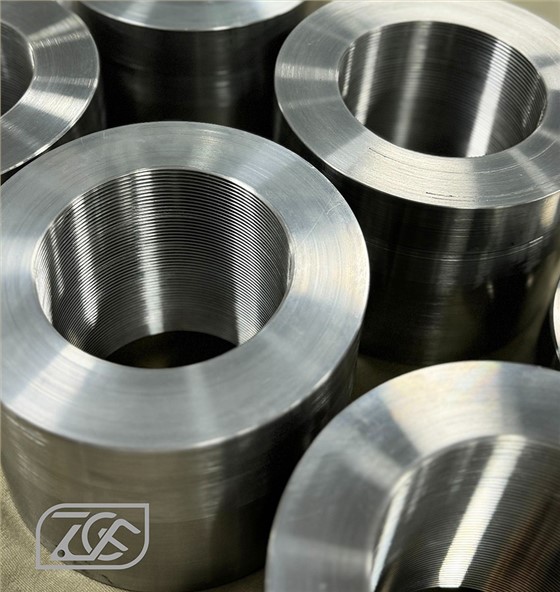
- Tungsten Carbide
- Composition: Tungsten carbide is a compound made from tungsten and carbon, often combined with other materials to enhance its properties.
- Properties: It is extremely hard and wear-resistant, making it suitable for cutting tools that need to maintain sharpness over time. However, tungsten carbide is more brittle than HSS and can shatter under high impact.
- Applications: Often used for tooling in heavy machining operations, such as inserts for turning, milling, and grinding. It’s favored in high-volume production environments.
-
Choosing between them depends on the specific requirements of your machining task, including the materials being cut and the operating conditions.
-
-
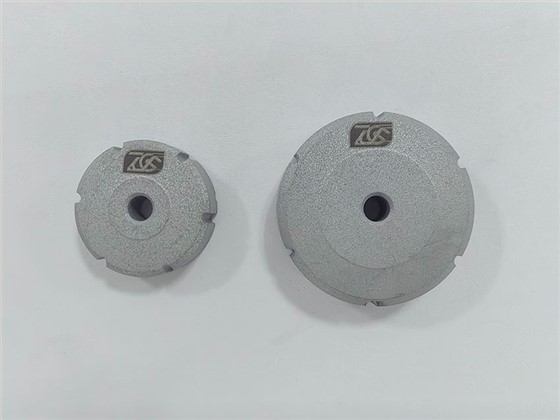
-
Choosing between them depends on the specific requirements of your machining task, including the materials being cut and the operating conditions.


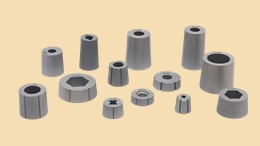 Ultrafine particle tungsten carbide
Ultrafine particle tungsten carbide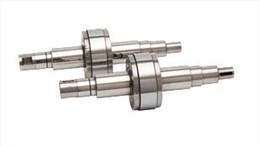 Tungsten carbide roll
Tungsten carbide roll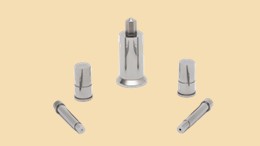 Punching die
Punching die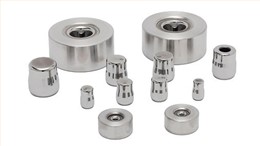 Tungsten carbide drawing die
Tungsten carbide drawing die